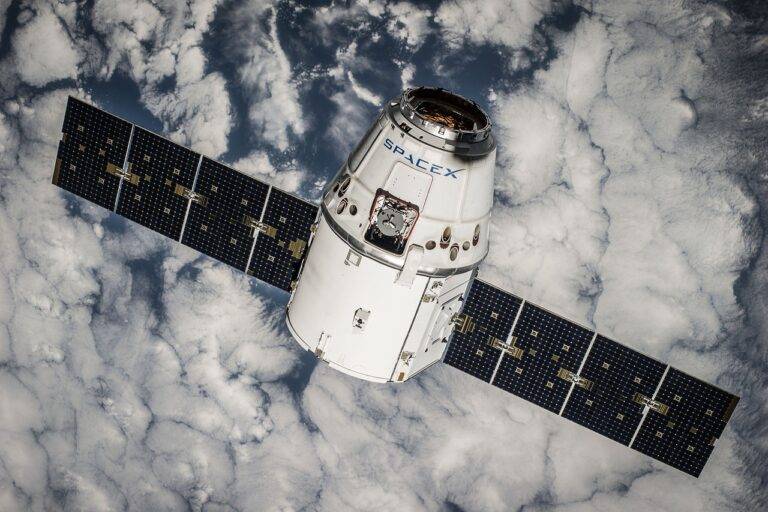The Impact of AI in Wildlife Conservation: Wildlife Habitat Restoration
Artificial intelligence (AI) is revolutionizing the way we approach wildlife conservation and habitat restoration efforts. By leveraging cutting-edge technologies, such as machine learning algorithms and predictive modeling, AI can analyze vast amounts of data to help identify key areas for conservation intervention. This powerful tool enables conservationists to make more informed decisions, prioritize resources efficiently, and ultimately, make a greater impact in restoring and protecting vital wildlife habitats.
One of the key advantages of using AI in habitat restoration is its ability to process complex environmental data in real-time. By continuously monitoring changes in habitats and species populations, AI can provide timely insights that inform adaptive conservation strategies. This proactive approach allows conservationists to respond swiftly to emerging threats, such as habitat degradation or climate change, ensuring the long-term sustainability of wildlife habitats around the world.
The Role of Artificial Intelligence in Identifying Threats to Wildlife Habitats
As technology continues to advance, artificial intelligence (AI) is increasingly being utilized to identify and combat threats to wildlife habitats. Through the use of AI algorithms, researchers and conservationists can analyze vast amounts of data to pinpoint potential risks to endangered species and their ecosystems. This sophisticated technology has the capability to detect changes in habitat conditions, illegal activities, and other factors that pose a threat to the delicate balance of wildlife environments.
By harnessing the power of AI, conservation efforts are becoming more targeted and effective in addressing the challenges faced by wildlife habitats. From monitoring deforestation patterns to tracking poaching activities, artificial intelligence has the potential to revolutionize the way we protect and preserve the natural world. With its ability to process data at speeds beyond human capacity, AI offers a valuable tool in the ongoing battle to safeguard biodiversity and ensure the survival of threatened species in their native habitats.
How can artificial intelligence help in wildlife conservation?
Artificial intelligence can help in wildlife conservation by analyzing data to identify threats to wildlife habitats, predict habitat changes, and optimize conservation efforts.
How does AI contribute to habitat restoration?
AI can contribute to habitat restoration by analyzing satellite imagery to identify areas in need of restoration, monitoring habitat changes over time, and recommending conservation actions to restore habitats.
What are some examples of threats to wildlife habitats that AI can identify?
AI can identify threats to wildlife habitats such as deforestation, habitat fragmentation, poaching, and climate change impacts.
How accurate is AI in identifying threats to wildlife habitats?
AI can be very accurate in identifying threats to wildlife habitats, as it can analyze large amounts of data quickly and detect patterns that may not be visible to human observers.
Can AI help prioritize conservation efforts for different wildlife habitats?
Yes, AI can help prioritize conservation efforts by analyzing data to determine which habitats are most at risk and which conservation actions would be most effective in protecting them.





